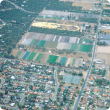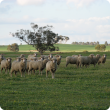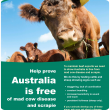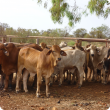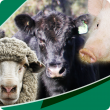Filter by regions:
- (-) Remove Gascoyne filter Gascoyne
- (-) Remove Great Southern filter Great Southern
- (-) Remove Kimberley filter Kimberley
- (-) Remove South West filter South West
- (-) Remove Wheatbelt filter Wheatbelt
- Mid West (436) Apply Mid West filter
- Pilbara (434) Apply Pilbara filter
- Goldfields-Esperance (433) Apply Goldfields-Esperance filter
- Peel (431) Apply Peel filter
- Perth regions (340) Apply Perth regions filter

